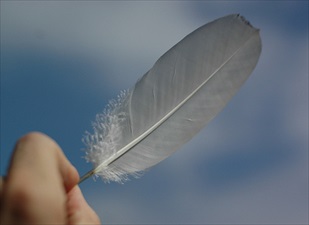
AsianScientist (Aug. 23, 2016) – An international research team has succeeded in watching a silver catalyst at work with the aid of an atomic force microscope. The study was published in Small.
The study was the result of a collaboration between researchers at the University of Basel in Switzerland; the National Institute of Materials Science, the Japan Science and Technology Agency and the University of Tokyo in Japan; and Shadid Beheshti University in Iran.
The Ullmann reaction is a chemical reaction in which silver atoms catalyze the bond between two carbon atoms to which iodine was previously bonded. Although scientists have known about this type of reaction since 1901, it was not previously possible to observe the intermediate product of the reaction in detail.
Using an atomic force microscope, the research team showed that the silver atoms react with the molecules at temperatures of around -120°C and seem to curve like a bridge over a river. In the second stage of the reaction, which requires the temperature to be increased to around 105°C and generates the end product, the silver atoms are freed again and two carbon atoms bond together.
According to the researchers, the observed curving and flexibility of the organometallic intermediate product is probably why the reaction requires relatively low temperatures of 105°C, unlike traditional catalysts such as platinum, rhodium, or palladium, which often require high operating temperatures of 500°C.
The article can be found at: Kawai et al. (2016) Organometallic Bonding in an Ullmann-Type On-Surface Chemical Reaction Studied by High-Resolution Atomic Force Microscopy.
———
Source: University of Basel.
Disclaimer: This article does not necessarily reflect the views of AsianScientist or its staff.












